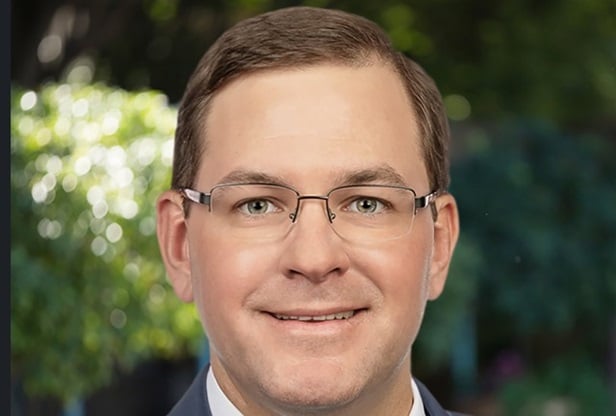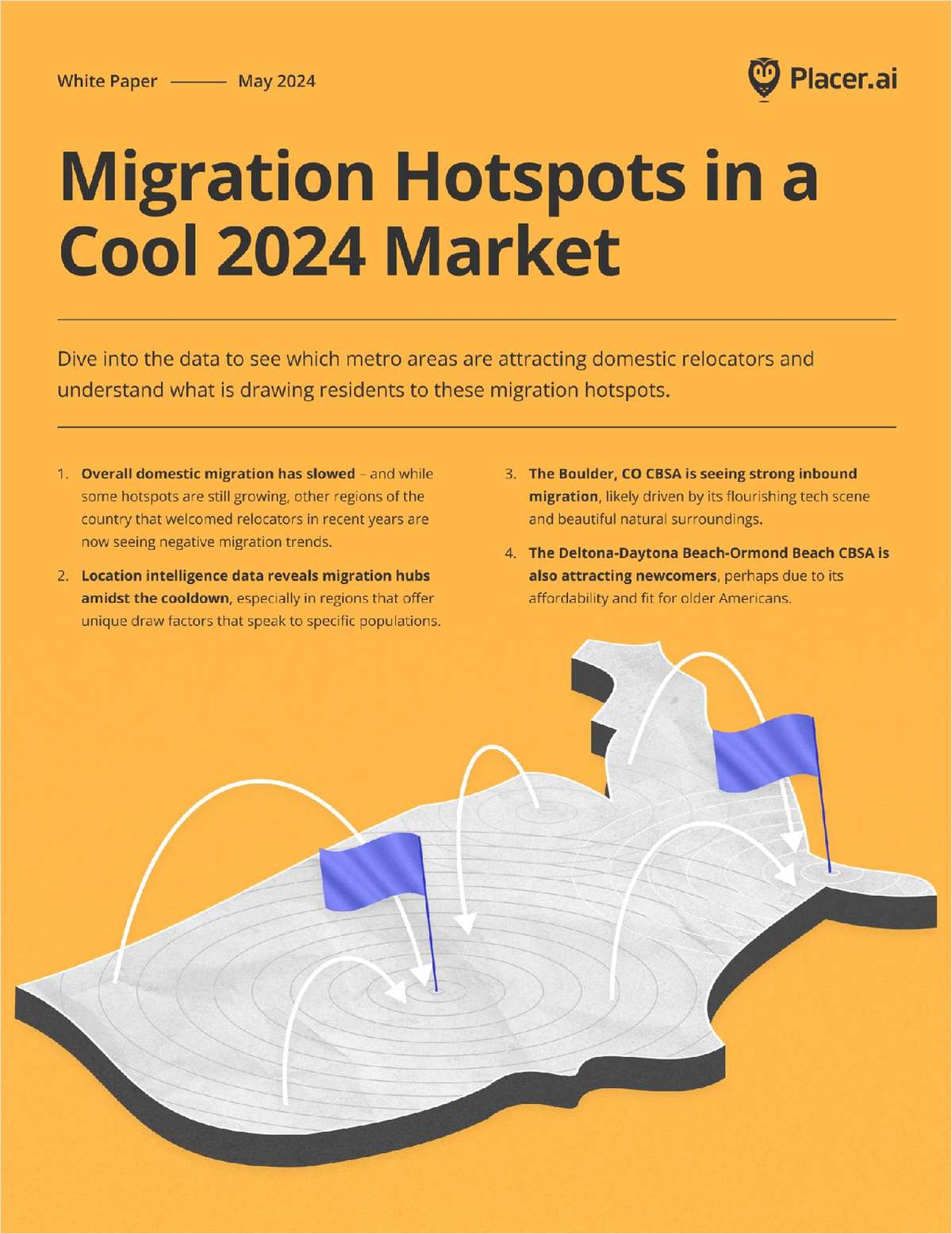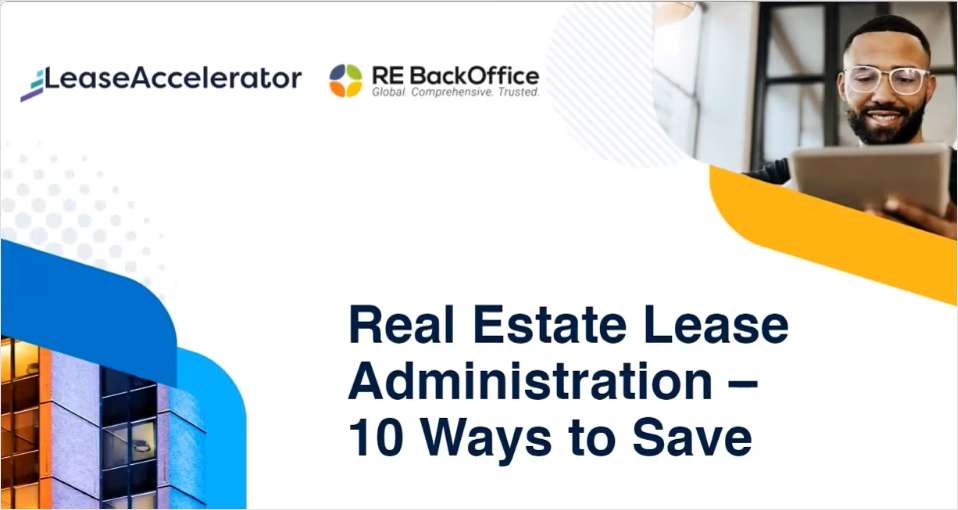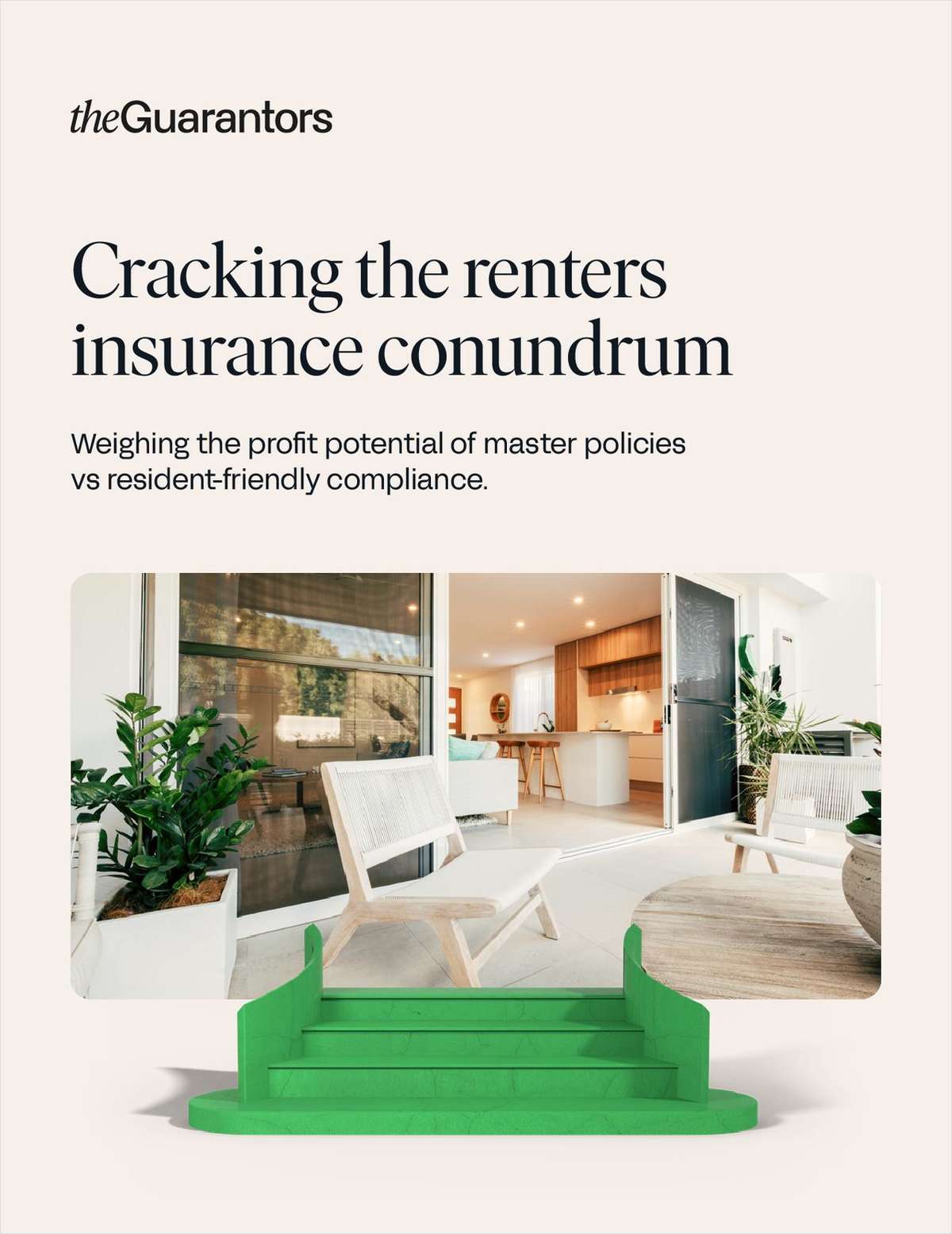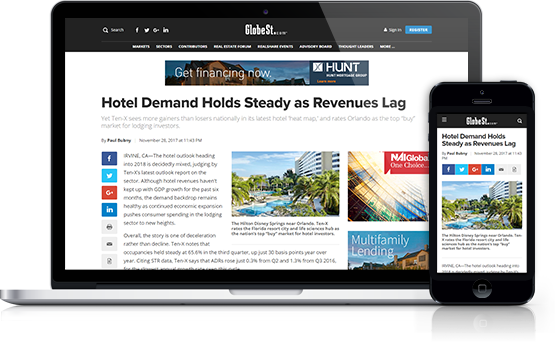"Strong retailer demand continues to fuel an active shoppingcenter construction pace," says Herb Weitzman, president of TheWeitzman Group of Dallas, who periodically analyzes the retailmarket. He predicts 1.5 million to 2 million sf of new retail spacewill be added this year, nearly as much as the 2 million sf thatcame to market in 1999.
A number of new retailers are coming to the area, analysts say,and others are expanding.Conn's TV and Appliance is planningseveral Austin stores and Kohl's, a mid-priced, freestandingdepartment store chain has plans to open several locations nextyear, retail sources told GlobeSt.com. Expansions are beingundertaken by H-E-B, Albertsons, Randalls, Walgreen's drugstoresand Starbucks, which is aggressively adding to its portfolio.
Such retail activity is one of the reasons that, for most of thepast decade including 1999, Austin has posted the highest retailoccupancy rates of any major market in Texas. In a continuation ofthat trend, a midyear analysis shows the Austin market has anoverall occupancy of slightly more than the 94% recorded at 1999year end, according to Weitzman.
Continue Reading for Free
Register and gain access to:
- Breaking commercial real estate news and analysis, on-site and via our newsletters and custom alerts
- Educational webcasts, white papers, and ebooks from industry thought leaders
- Critical coverage of the property casualty insurance and financial advisory markets on our other ALM sites, PropertyCasualty360 and ThinkAdvisor
*May exclude premium content
Already have an account?
Sign In Now
© 2024 ALM Global, LLC, All Rights Reserved. Request academic re-use from www.copyright.com. All other uses, submit a request to [email protected]. For more information visit Asset & Logo Licensing.


